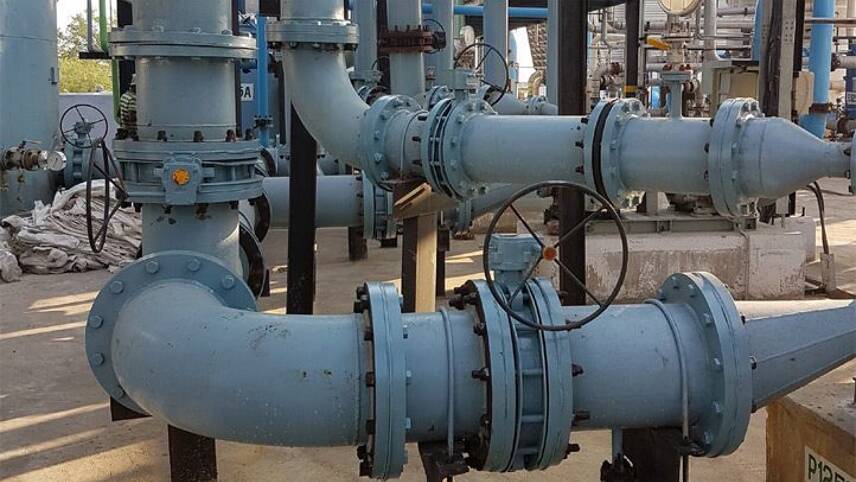Register for free and continue reading
Join our growing army of changemakers and get unlimited access to our premium content

The case study is free to download. Image: Carbon Clean
Located near Chennai, India, the plant was built in 2016 as part of an aspiration to capture 60,000 tonnes of CO2 per year from a nearby coal plant.
Carbon Clean – in partnership with Tuticorin Alkali Chemicals and Fertilizers Limited (TFL) – has been operating the world’s first low-cost, industrial-scale carbon capture and utilisation plant. The captured CO2 is then converted into soda ash (sodium carbonate) – an ingredient used in household products, glass manufacturing, and paper production.
With carbon capture becoming a key technology for nations looking to reach net-zero – the UK has notably kickstarted a race to create the first zero-emissions industrial cluster by using the technology – this new case study explores the aims of the project and how the technology works to radically reduce emissions at the plant.
—–CLICK HERE TO READ THE CASE STUDY—-
The case study specifically explores how the chemicals firm partnered with Carbon Clean to create the world’s first fully commercial CCU plant. The 10MW facility captures coal-fired boiler flue gas and uses it to deliver industrial quality CO2.
edie Explains CCUS
Organisations looking to understand the benefits and opportunities of the booming carbon capture, utilisation and storage market can access a free ‘edie Explains’ guide which breaks down everything you need to know about the technology.
The seven-page edie Explains: Carbon Capture, Utilisation and Storage business guide, produced in association with Carbon Clean, answers key questions for businesses exploring how they can utilise CCUS technologies.
— READ THE EDIE EXPLAINS: CCUS GUIDE HERE —
Reports suggest that CCUS can deliver 15% of the global cumulative emissions reductions needed to reach net-zero and, without accelerated deployment, heavy industrial sectors risk not decarbonising in line with key climate agreements. However, capacity deployment must be 50% higher than currently predicted trajectories if the world is the reach net-zero by 2050
What is CCUS? What are the different types of CCUS technology? How can businesses benefit from CCUS? and what are the costs associated with CCUS? This new edie Explains guide answers all of these questions and more. The guide also features a viewpoint from Aniruddha Sharma, the co-founder and chief executive of Carbon Clean, on the role of technologies in reducing industrial emissions.
Download your free copy of this edie Explains guide, here.
edie staff


Please login or Register to leave a comment.